Traveling with Eddie is not easy. It requires patience and an unlimited amount of good will. I know; I’ve been there.
The Eddie in this article is the redoubtable Eddie Fitzpatrick, restaurateur, collaborator with artists and former features editor of this newspaper.
He is also a frequent subject of the amiable and shrewd eye of photographer Diane Hudson. A product of this conjunction is “Travels with Eddie and Other Surprises,” one of two shows at Addison Woolley Gallery in Portland.
Although Hudson does provide a few of the advertised surprises, her accomplishment in this event is in the attuning of her eye to the antics and other moments of her principal subject.
This is a rare concession on the part of an artist. The compulsion to take control is universal in making art; allowing events to roam at will, as Hudson has done, is remarkable. Her graciousness endows her images with animation and allows them to retain their freshness.
In these photographs, things just happen. There is no sense of contrivance. Hudson’s subject seems unengaged with the camera; his performances — and there are many of them — are for her.
Hudson does more than share those moments with the viewer — she invites him in. There is still time to get into her pictures. You can sit next to Eddie; no one is in a hurry. How Hudson accomplishes this, I cannot say. Perhaps it comes from that amiable and shrewd eye.
“Travels with Eddie” is not a travel diary. It’s more like pages from an album selected to present the subject at moments favored by the artist — unaware private moments, antic times, smiles and, of course, flattering images. A valentine certainly, and also an achievement by an accomplished and beautifully attuned artist.
“VISUAL WHISPERS,” a show of photographs by Dan Dow, is the companion event at Addison Woolley. It’s a delight.
The largest number of images are of Paris and, as is so with all of us, they are familiar. Views of Montmartre, the Eiffel Tower, chairs in parks, a man in a cafe window and the like; they are the anticipated insignia of the city. We’ve seen them in every medium and in the flesh. To extract delight from a century or two of cliches is not a modest undertaking. The objects themselves are wonderful; it’s the representations of them that are boring.
Dow lifts his representations from boredom to delight in a way that I may not be able to describe. I think it begins with the format. The prints are small. This contributes a visual value to them; it suggests rarity and selection.
They are principally in black and white, and the trees are not encumbered by leaves. This imparts an architectural starkness to the images — they demand attention. The production of them is also graced by technical excellence. If you add all this up, it seems elegant — and while I tend to avoid that term, I cite it with approbation here.
Dow’s views are elegant, exceedingly well-plotted images that confirm our warm judgments of familiar place. They are in marked contrast to his Irish prints of a few years back that spoke to me of social stagnation, famine, ancient hates and ancient deaths. They remembered a history far from Dow’s Paris.
These are the last shows at Addison Woolley in its present location. It will reopen shortly in a new site with a new format. Its value to the community in its present state is beyond measure. That it exists is an inspiration.
“PRINTMAKING ABC: In Memoriam David P. Becker” at the Bowdoin College Museum of Art in Brunswick is an event of first magnitude. It is not to be missed.
In 75 or so images, it summarizes the generosity of an ardent supporter of the museum; the elegance, breadth and learning of his eye; and a great deal about the arts that have embraced printmaking over the last five centuries.
Becker was a 1970 graduate of Bowdoin and a passionate and scholarly collector of prints and printed matter. His interests were broad within selected fields, and his pursuit of excellence was quiet but relentless. This beautiful show is selected from among the gifts and bequests he made to the college, and is an indication of the gratitude with which it has been received.
Like so many exhibitions of its stature, the Bowdoin show is a selection and, thus, a collectively made modification of the Becker gifts. It reflects the eye of the person or persons making the selection.
Further, the exhibition is tightly organized into groups that can be identified with letters of the alphabet. This, then, is a further selection. We cannot judge the objectivity of the first round of selections, but can confidently assume that it was done with the best foot forward.
As to the selections for the alphabetic groups, I found them useful, and the switching among them from subject matter to method fascinating.
For example, under “F,” the selectors chose to express fantasy, and used a great woodcut by Durer and an etching by Goya. Under “E,” they chose to express the processes of etching and engraving and, among others, offer etchings by Whistler and Rembrandt.
To present the event in terms that we all can respond to, “Printmaking ABC” is a broad exhibition having an emotional depth and graphic richness at levels that we are never otherwise offered. Absorbing this exhibition could be transformative; it presents a selection from among the great efforts of the human eye and hand.
Philip Isaacson of Lewiston has been writing about the arts for the Maine Sunday Telegram for 47 years. He can be contacted at:
pmisaacson@isaacsonraymond.com
Send questions/comments to the editors.

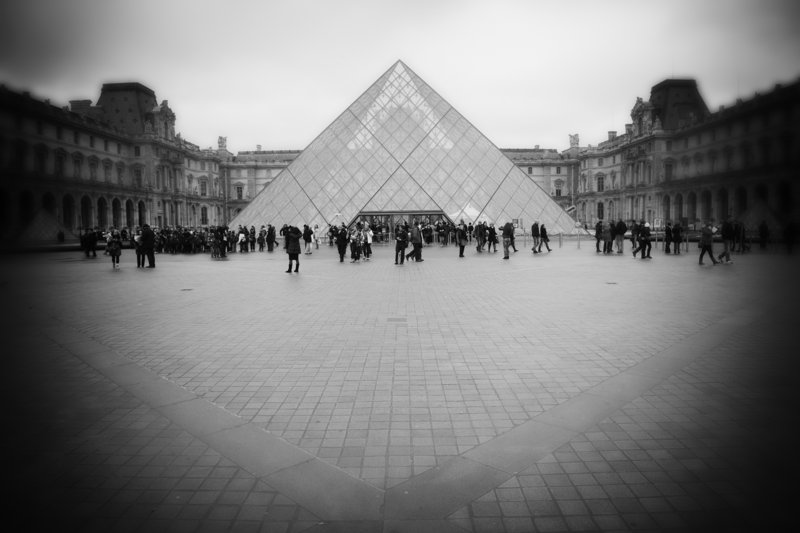
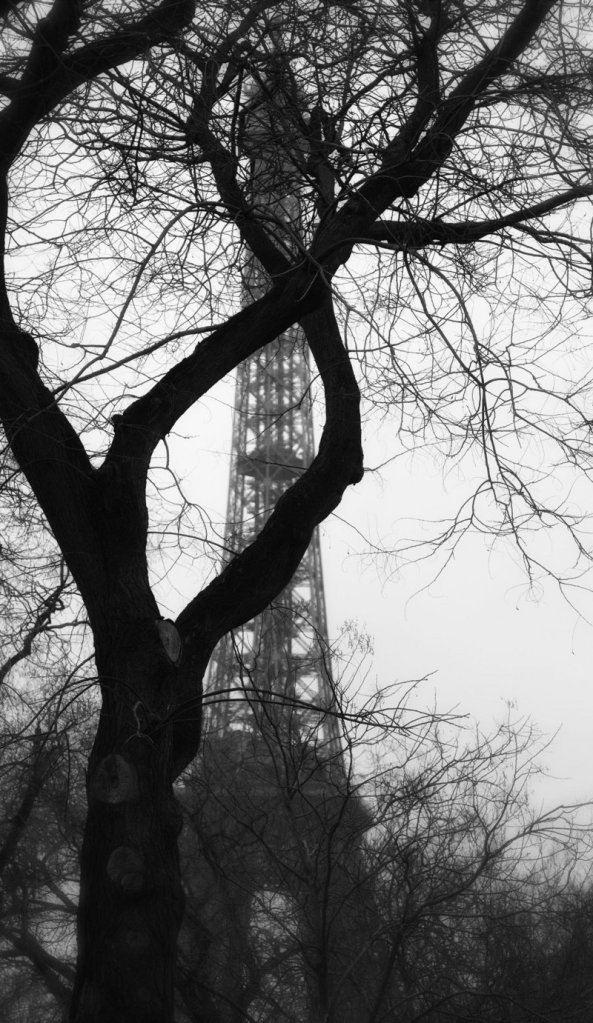
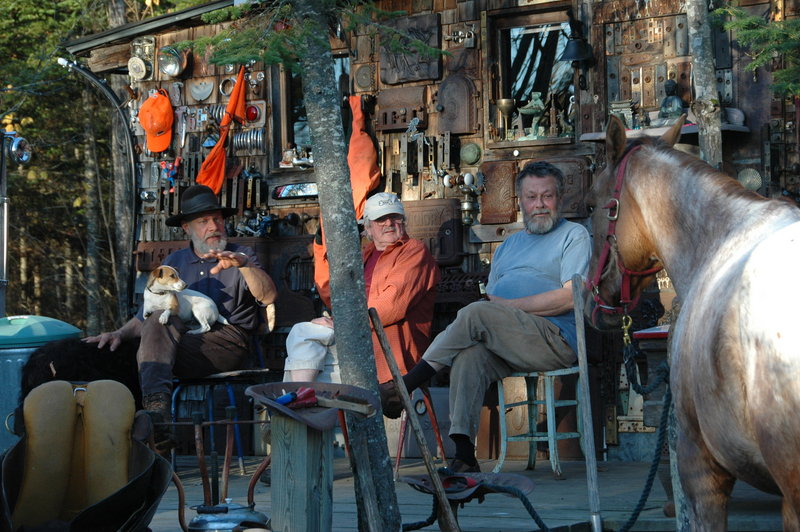
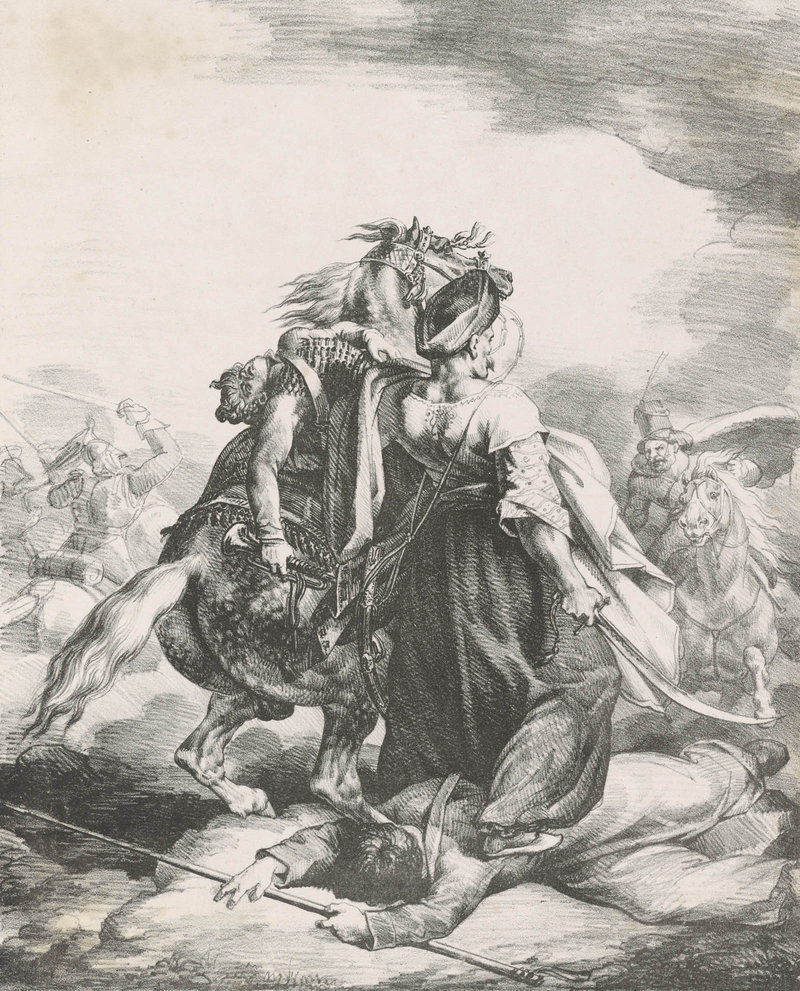
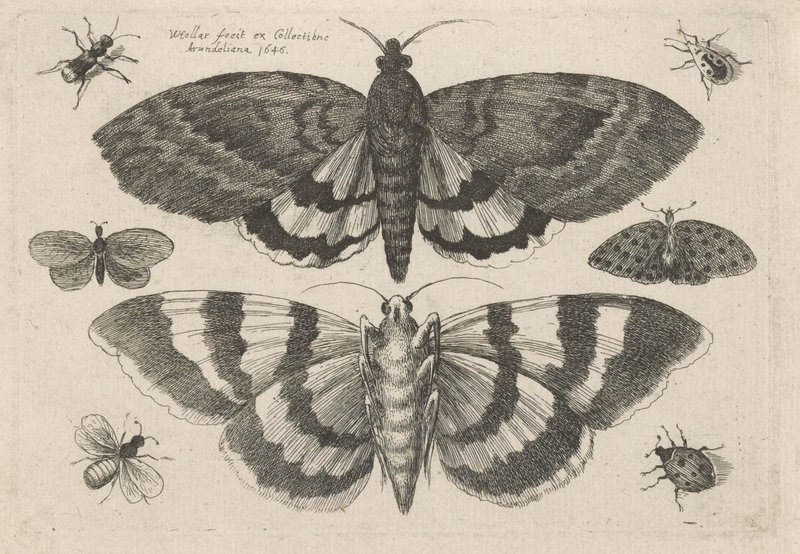
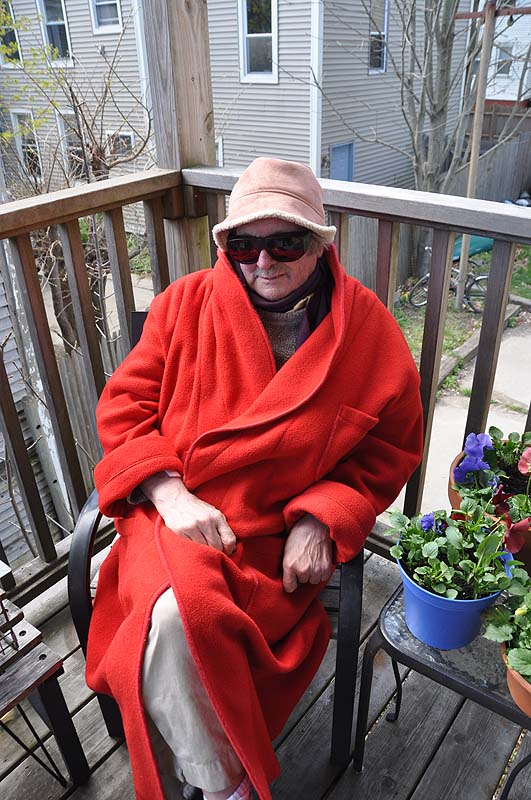

Success. Please wait for the page to reload. If the page does not reload within 5 seconds, please refresh the page.
Enter your email and password to access comments.
Hi, to comment on stories you must . This profile is in addition to your subscription and website login.
Already have a commenting profile? .
Invalid username/password.
Please check your email to confirm and complete your registration.
Only subscribers are eligible to post comments. Please subscribe or login first for digital access. Here’s why.
Use the form below to reset your password. When you've submitted your account email, we will send an email with a reset code.